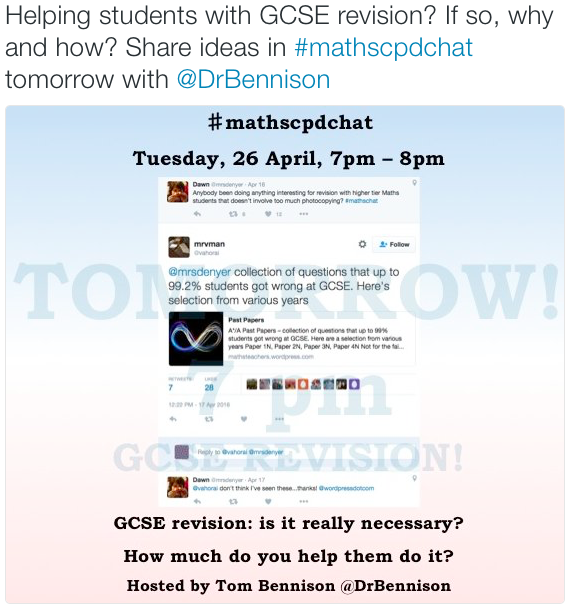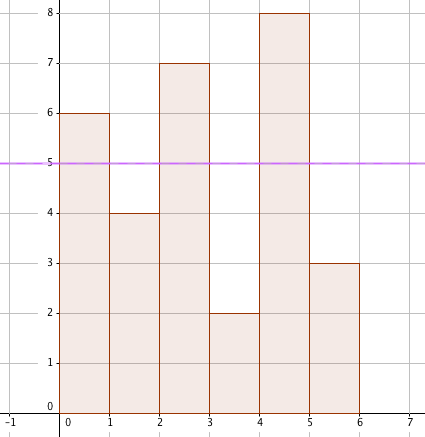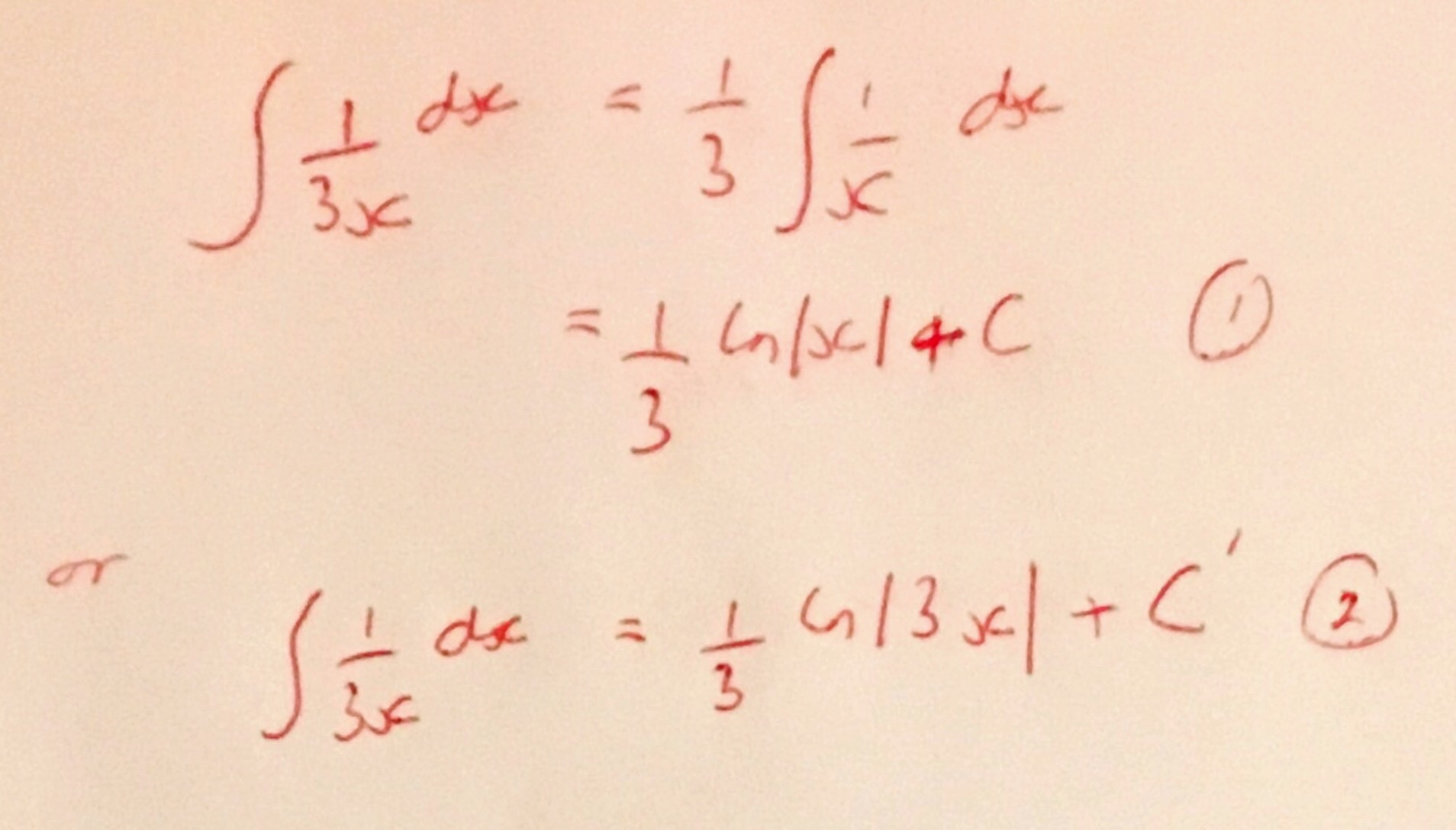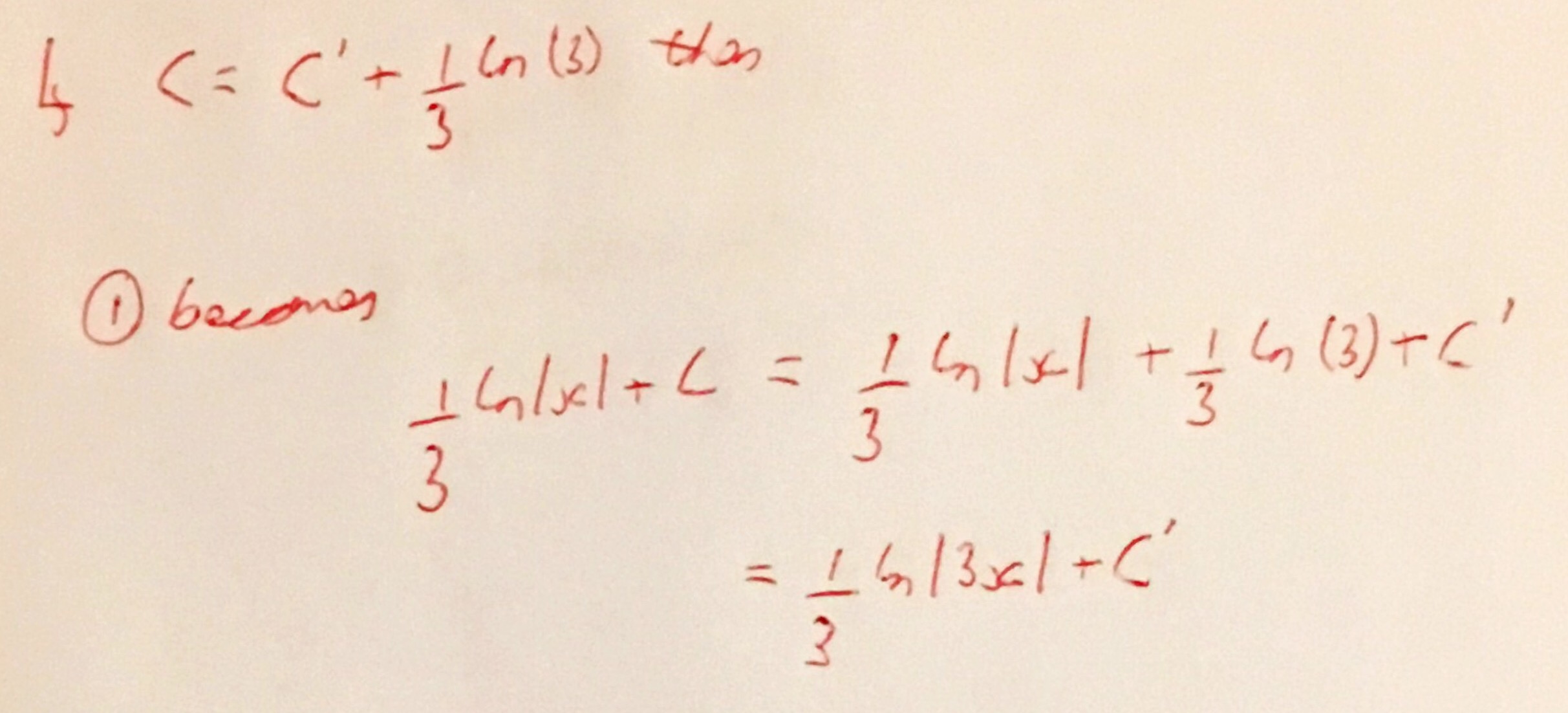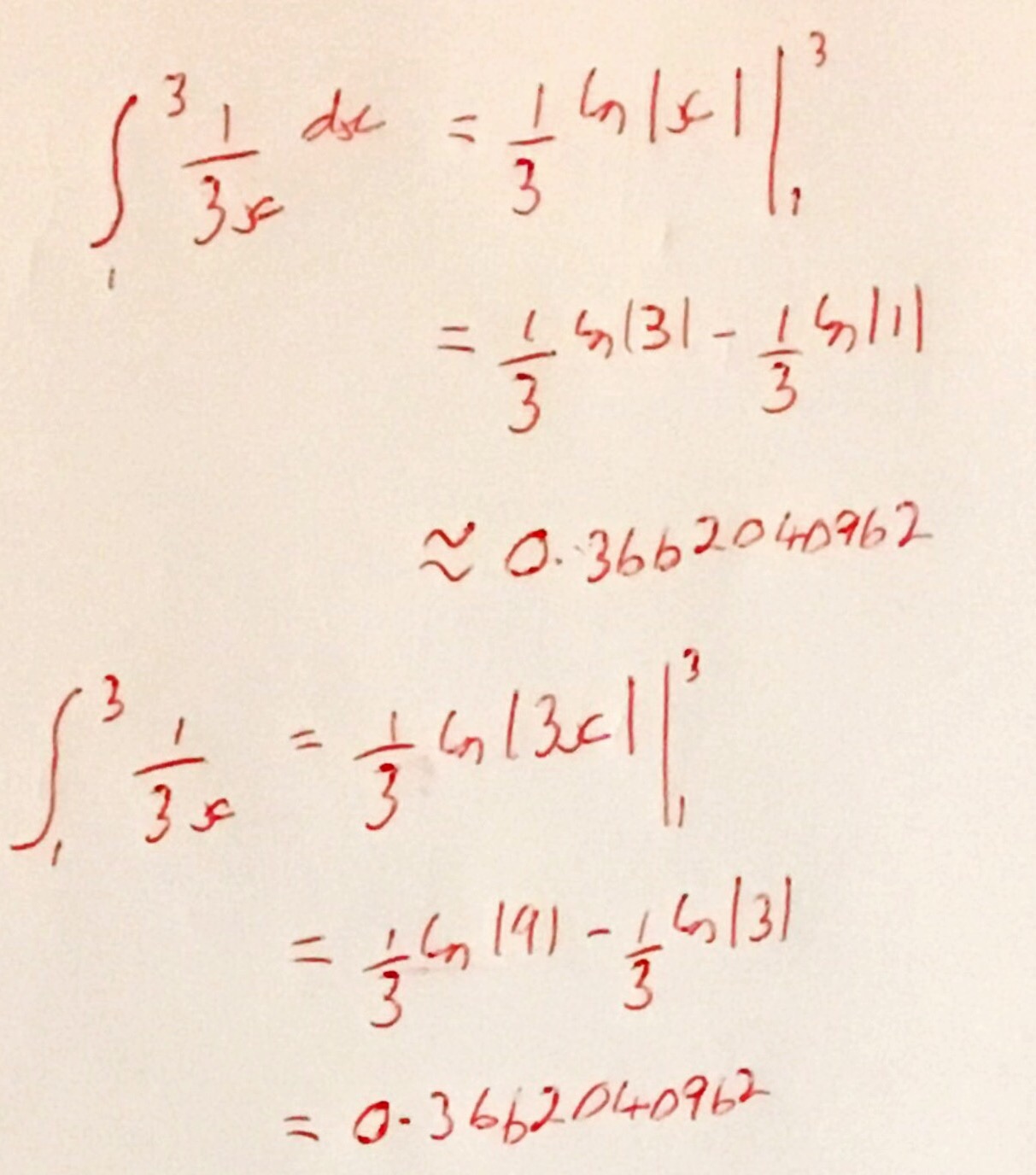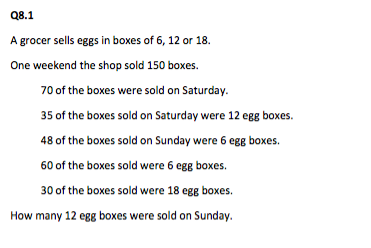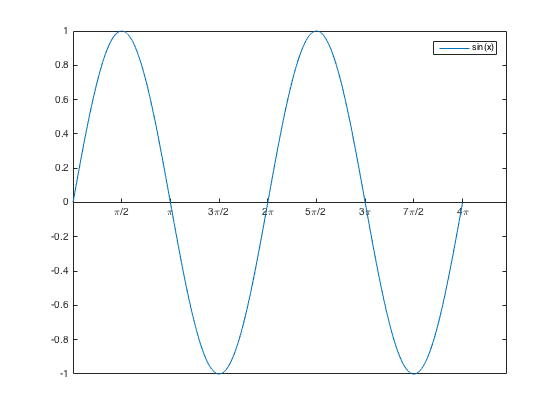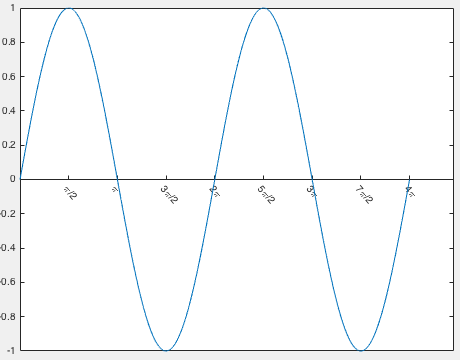Tomorrow I am hosting the NCETM’s #mathscpdchat on the topic of GCSE revision.
I thought that I would briefly post tonight with a few thoughts and possible ideas for the discussion tomorrow.
For me, in an ideal world GCSE revision wouldn’t be necessary as if there is true understanding I don’t believe that you should have to coach towards a particular exam, as long as the content has been covered. I also think that it tends to be the time of year where (needs must) we aim to get marks, possibly at the expense of understanding, wheeling out things like formula triangles, “keep change flip” etc to get marks for the precious grades that go towards performance measures. I always try to steer clear of these and of “teaching to the test”, but with the current GCSEs it is easy to create questions for students to practise that are very similar to exam questions see my recent post “Edexcel November 2015 GCSE Paper” .
Some things that I would be interested to discuss tomorrow:
- How do you teach students to revise mathematics?
- Do you feel that GCSE revision dilutes the purity of the subject?
- What are the best ways you can get your students to revise?
- Do you do anything exciting / different in revision lessons?
- How does GCSE revision tie in with intervention?
Looking forward to discussing it all tomorrow 😉
